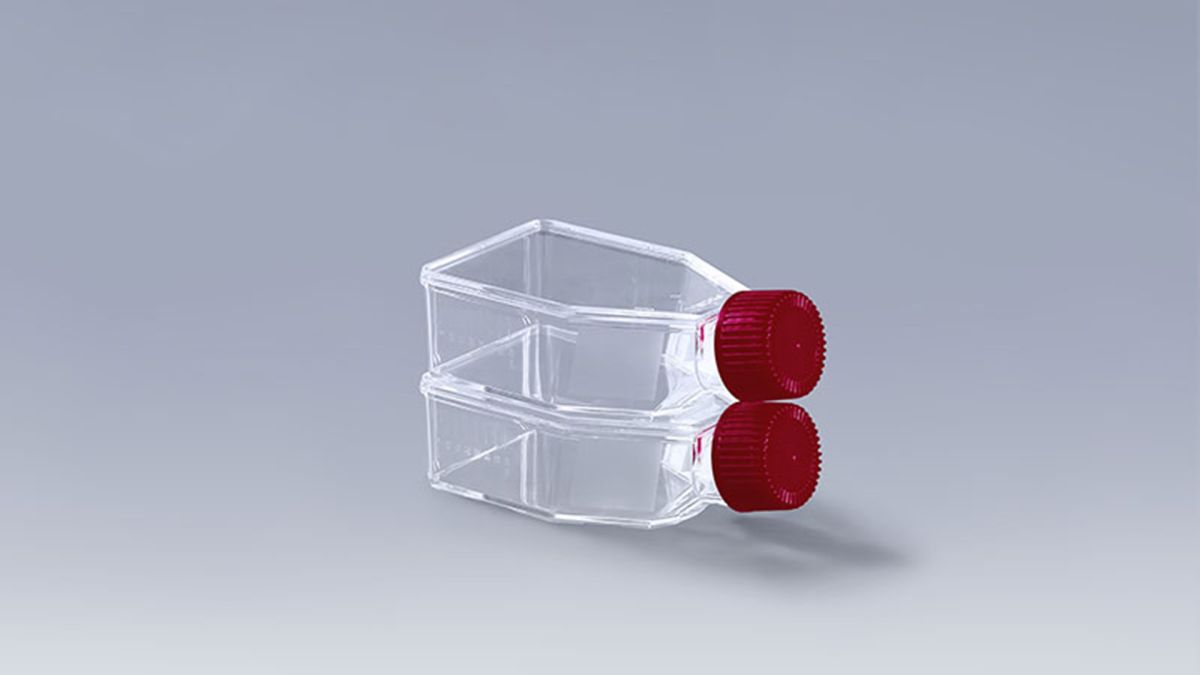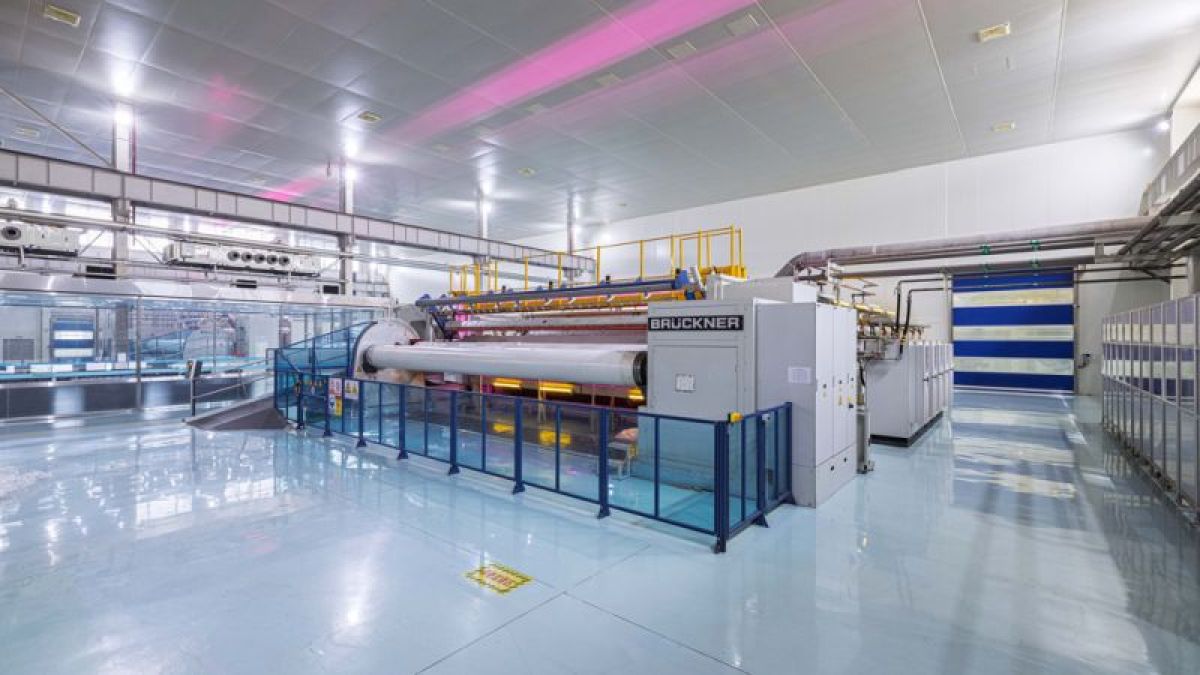Mycoplasma contamination is a common and troublesome issue in cell culture using flasks. Mycoplasma not only affects cell growth and function but may also lead to inaccuracies in experimental results. Therefore, early identification and effective management of mycoplasma contamination are crucial.
Mycoplasma contamination is a common and troublesome issue in cell culture using flasks. Mycoplasma not only affects cell growth and function but may also lead to inaccuracies in experimental results. Therefore, early identification and effective management of mycoplasma contamination are crucial.
I. Identifying Signs of Mycoplasma Contamination
Mycoplasma contamination typically exhibits the following characteristics:
1.Cell Morphology and Medium Condition: There are usually no obvious changes in cell morphology, and the culture medium does not appear significantly turbid. Mycoplasma can coexist with cells, which may still appear healthy.
2.Impact on Experimental Results: Using mycoplasma-contaminated cells for experiments can inhibit cell growth and even cause chromosomal abnormalities. Changes in the antigenicity of the cell membrane may affect the reproducibility and accuracy of experimental results.
3.Effects on Cell Metabolism and Function: Mycoplasma activity consumes arginine in the culture medium, hindering the synthesis of proteins, DNA, rRNA, and mRNA in cells. Mycoplasma may also alter medium composition by producing acidic substances, disrupting normal cell metabolism.
4.Changes in Culture Conditions: Cells become fragile during cultivation, and the pH of the medium changes noticeably, necessitating frequent replacement with fresh medium. Mycoplasma can form symbiotic systems, leading to the continuous spread of contamination.
II. Strategies for Managing Mycoplasma Contamination
1.Immediate Isolation and Handling:
Upon detecting signs of mycoplasma contamination in cell culture flasks, immediately discontinue the use of contaminated cell lines and culture materials, and isolate them to prevent further spread.
2.Replacing Culture Conditions:
The culture medium in flasks containing contaminated cell lines must be thoroughly replaced to ensure a sterile environment.
3.Disinfection and Cleaning:
Perform thorough disinfection and cleaning of potentially contaminated workspaces and experimental equipment to prevent mycoplasma recurrence.
4.Cell Line Verification:
Validate the cell lines used to ensure they are free from mycoplasma or other microbial contamination.
5.Strict Aseptic Techniques:
Adhere strictly to aseptic techniques and operational protocols in all cell culture-related procedures to minimize contamination risks.
6.Regular Monitoring and Training:
Conduct regular monitoring of the sterility of cell cultures and provide periodic training on aseptic techniques to personnel to enhance operational standards and skills.
Mycoplasma contamination can seriously affect cell growth and experimental outcomes in cell culture flasks, making prevention and early detection essential. Through strict aseptic practices, timely contamination management, and appropriate cleaning and disinfection measures, the risks associated with mycoplasma contamination can be effectively reduced, ensuring the quality of cell culture and the accuracy of experiments.




